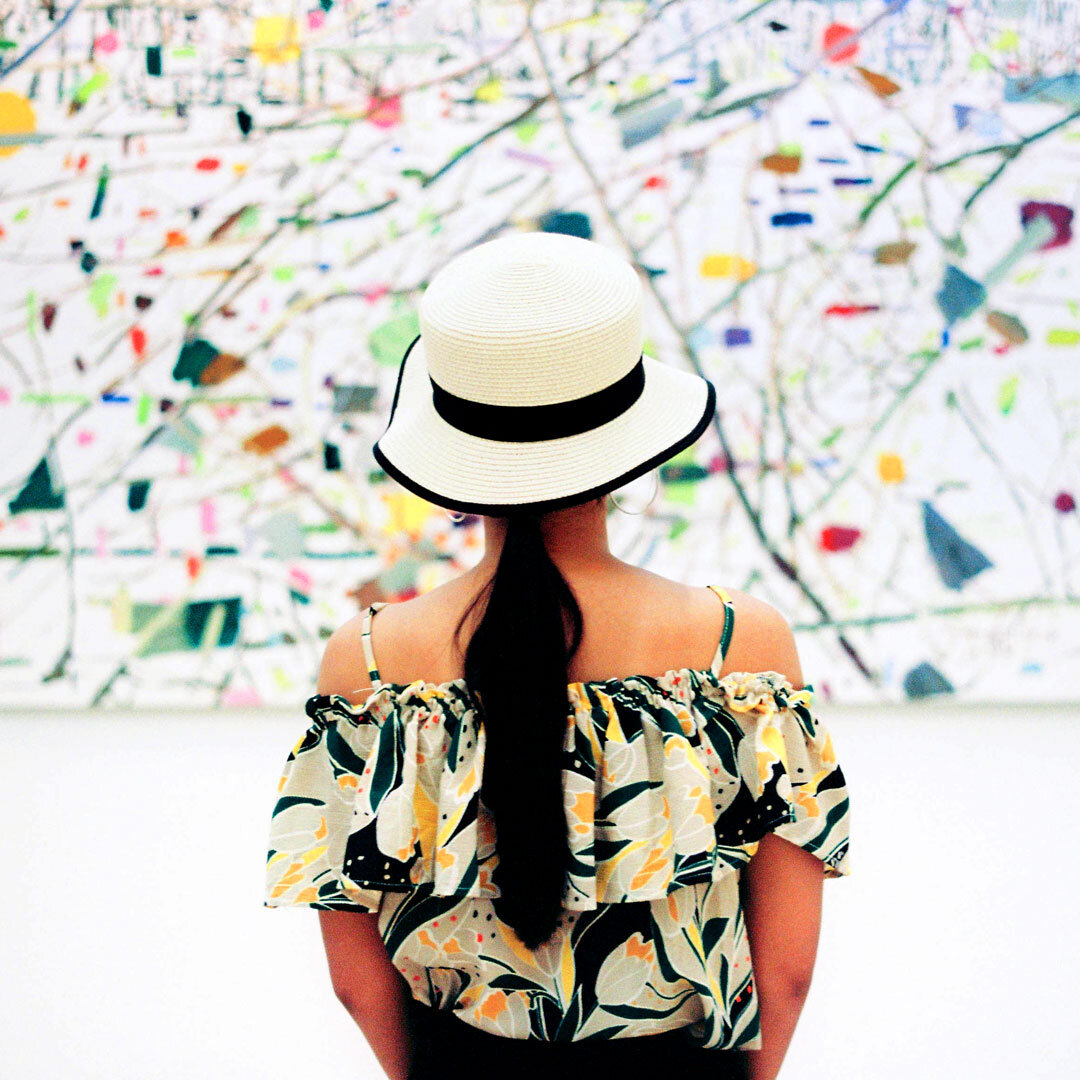Right now, in my house,
I have 5 different copies of Anne of Green Gables. I also have at least 2 copies of Pride & Prejudice. I used to have 7. I don’t need multiple copies of those books, I only need one to read. It’s just that I have a problem with completionism and collecting.
Here’s how it happens:
-
I discover a beautiful new edition of a book
-
Because I’m a natural-born collector, I feel a compulsion to acquire ALL of the books that were released in that collection
-
I collect them all
-
Sometimes the collection has a title in that I already have (like Anne of Green Gables), but I feel somehow wrong leaving it out and having an incomplete collection, so I get that one, too
Once the dust settles and I have my newly completed collection, I realize that all is not well. Now my space is crowded with too many books and I have a confusing multitude of duplicate titles. Not to mention the work to dust, organize and store them all.
It’s a mess.
The problem?
I have been thinking like a collector instead of a curator.
Imagine the curator at a museum. They have an actual, bona fide job that requires them to collect things for the museum. Collecting is their job! But they also have to make sure that the things they collect can be showcased and viewed, that the collection is balanced and edited to meet the goals of the museum. Oh yes, and they to stick to a budget. When this is done well, the gallery space at the museum feels rich and deep, but also spacious and beautiful. It works.
The same is true in our homes. When we love something, we tend to want to get more of it. For myself, I like happy mid-century colors and vintage-inspired things. So I tend to like inspiration photos that have those things in them and I tend to want to collect more of those things. But somehow my space doesn’t look as good as my inspiration photos.
When I look more carefully at the inspiration photos I have collected, what I notice is that there aren’t that many things in the space. There are a few, select things that are beautifully showcased. There is the taste of vintage happy, but not so much that it looks like an antique store.
More is not always better, and by thinking like a curator instead of a collector, we can we can have spaces that make our treasures shine.
Here’s some of the ways I try to think like a curator:
Showcase
-
How many items do I have space for?
-
Can the items I am showcasing be seen and appreciated or are they so crowded they blend together in a mass?
-
What is the best number of things that will showcase the items I have in the space I have?
-
How many of a particular item do I need to create an impactful display?
This point is all about being able to view and appreciate your collections. Some collections, like art or sculptural elements, are all about the individual item. To be seen and appreciated they need space and singularity. Salon walls are a perfect counter-example. In a salon wall, the art is grouped so tightly that each individual piece of art isn’t really seen – the whole wall is seen as a group. It essentially functions as wallpaper.
There’s so much to be said about the art of showcasing, or styling, but for now here’s some practical advice: pick the spot you are going to showcase some of your treasures. Add your favorite things until the space looks finished. Then stop. Everything leftover can go on a new adventure somewhere else.
With my book collection, that means that I only add as many books to my bookshelves as will fit. I might like full bookcases with all the books standing upright. Or I might like groupings of books with other objects displayed. Either way, there’s only room for what there’s room for. I’ll put my favorites on first, everything else can go.
Balance
-
Is my collection broad enough?
-
Is it too broad?
-
Do I have the right mix of items to create the greatest impact?
-
Do my collections mix well together?
-
Is the excess of one collection crowding out the rest?
While I don’t have to represent a broad number of collections because my home is not a museum, I still try to have a mix of things that is pleasing. If I am collecting antique bottles, for example, then I might try to have a mix of sizes and shapes. But I also might try to have a common theme such as color or proportion so the collection has a cohesive quality.
I would apply this to my book collection as well. My first priority is readability, so that will always come first. But given an otherwise equal choice, I’ll choose the edition in my favorite color that makes a nice mix of shape or size with the other books.
Editing
-
Have I kept only the best of any collection?
-
Do I have any dead weight in a collection that needs to be pruned?
-
Do I have duplicate?
-
Are any of the items in poor condition?
-
Are there any items that don’t mix well with the others?
-
Do I just have too much for the space?
I’ve never met a collection yet that couldn’t stand to be pruned a bit. Especially if you collect actively, you have new and better things coming in and the older and less precious things can go out. You can get rid of the one that’s not in as good of condition or doesn’t mesh well with the others. Then the collection as a whole becomes stronger, more cohesive, and gives a bigger impact to your home.
And if you’re thinking you can get around the inevitable need to edit your collection by employing some kind of rotation scheme, don’t. While there are a few individuals who can pull this off, they are exceedingly rare. In practice for most people, it doesn’t really work and you just end up with a big storage problem and a deferred decluttering job. Let the excess go and let it bless someone else.
Clearly with my book collection this is going to come into play. Though it makes me a little bit panicky at the thought of breaking up a complete set, it doesn’t make sense to have multiple copies of any given book. I need to choose the one that I like the best and let the other copies go.
Budget
-
Am I spending my money wisely?
-
Am I investing in fewer, better quality things or just adding more, more, more?
-
Are the items I’m adding enhancing my collection and how it is showcased?
-
Could this money be better spent on something else for my home, like other décor items or supplies for a DIY project?
This is just a simple reality of life. We all have limited resources. Obviously we don’t want to spend so much money on our collecting that we can’t eat! But we also don’t want to spend so much on our collecting that we can’t improve the other things in the room. If the space is feeling really tired and needs new paint, pillows or accessories, then more collectibles aren’t going to fix it! Make sure that you step back from time to time and look at the room as a whole and make sure you’re not getting too far out of whack.
I think it safe to say that I could easily get out of whack with books. I love them so, and I will spend my money on them when I probably should be spending it on other things. There are worse things to be compulsive about, for sure. But in the end, even if I eliminate the clutter and confusion by balancing, editing and showcasing my beautiful books, if the rest of the room is shabby they won’t be seen to their best advantage.
I’ll be honest,
I really love books, so these lesson is as much for me as it is for you! Even after several years of practicing these techniques, I still feel a pang every time I break a collection or part with a treasure. It doesn’t get easier. But I love, love, love the result. I love the way the I can see and appreciate the few things and the rooms feel bright and airy. It is worth the pain of letting things go.
For more, check out these posts right here:
Or, if you need more general decluttering advice, check out my list of my Top 5 Favorite Decluttering Books. These are the few I always turn to.
Many thanks to the generosity of photographers whose work is shared for free on Unsplash: Vincent Tantardini and Brigitte Tohm.









Leave a Reply